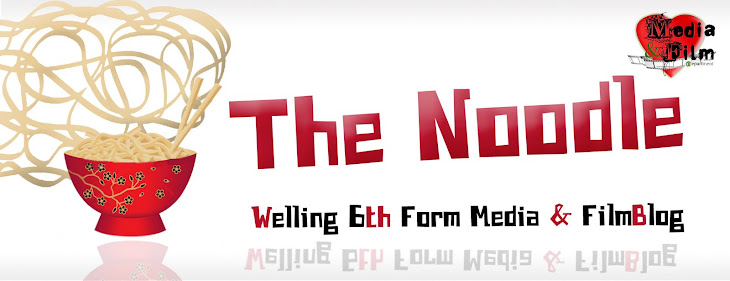
New Technology
View more Microsoft Word documents from Rob Mcminn.
In this part of the exam you MUST show evidence of having researched a specific record label (Rough Trade) in the CONTEMPORARY MUSIC INDUSTRY that TARGETS A BRITISH AUDIENCE focusing on its PRODUCTION,DISTRIBUTION, EXHIBITION AND CONSUMPTION BY AUDIENCES. YOU NEED TO BE ABLE TO EXPLORE THE RELATIONSHIP BETWEEN ROUGH TRADE, THEIR FANBASE/AUDIENCE AND WIDER MUSIC INDUSTRY ISSUES/PRESSURES/TENSIONS (Majors V Indies; NMT; Piracy; commercial forces; changing hegemonic values; economy):
"Rough Trade was instrumental in imbuing a spirit of cooperation and a benign mode of competition. A shift in the distribution of records and associated merchandizing to strengthen product association—such as magazines, fanzines and T-Shirts—enabled Rough Trade to deal directly with pivotal stores and outlets and then later establish cartels with stores to provide market security and a workable infrastructure. Links were built with ancillary agents such as concert promoters, press, booking agents, record producers and sleeve designers, to create a national, then European and international, network to produce an (under the counter) culture. Such methods can also be traced in the history of Postcard Records from Edinburgh, Zoo Records from Liverpool, Warp in Sheffield, Pork Recordings in Hull, Hospital Records in London, and both Grand Central and Factory in Manchester. From the ashes of the post-1976 punk blitzkrieg, independent labels bloomed with varying impact, effect and success, but they held an economic and political agenda. The desire was to create a strong brand identity by forming a tight collaboration between artists and distributors. Perceptions of a label’s size and significance was enhanced and enlarged through this collaborative relationship."
http://journal.media-culture.org.au/0605/13-brabazonmallinder.php
'It's about bringing music to people's attention which they've probably never heard before...music shouldn't have boundaries...it's just language, that everyone can identify with. That's the most valuable thing in music today. We're living in that time when things have got to unite..Talvin Singh
http://www.roughtraderecords.com/
http://www.roughtraderecords.com/
The Guardian 'Music Blog' : Rough Trade Article









